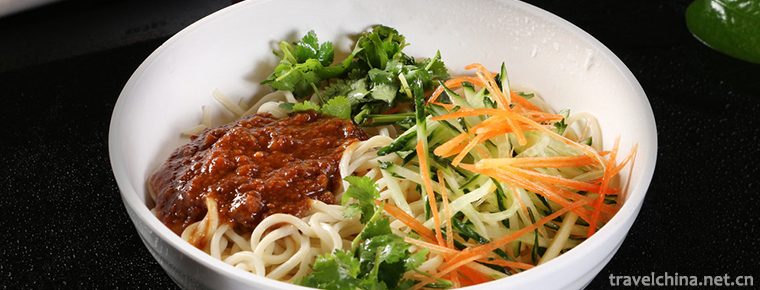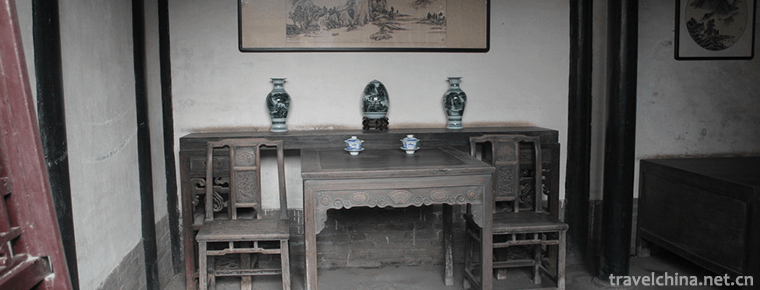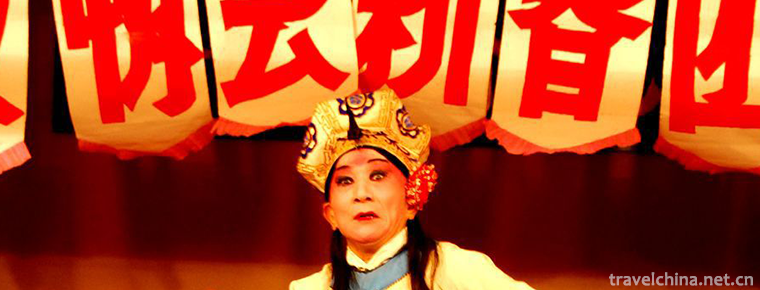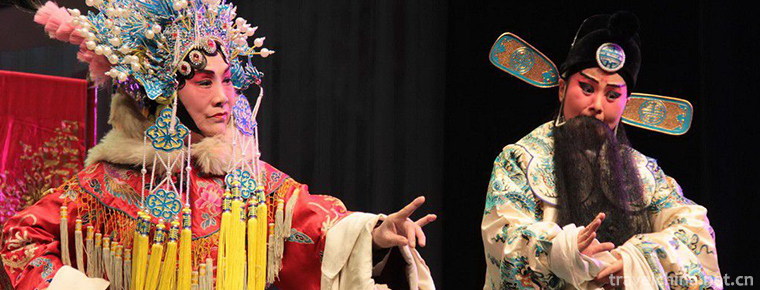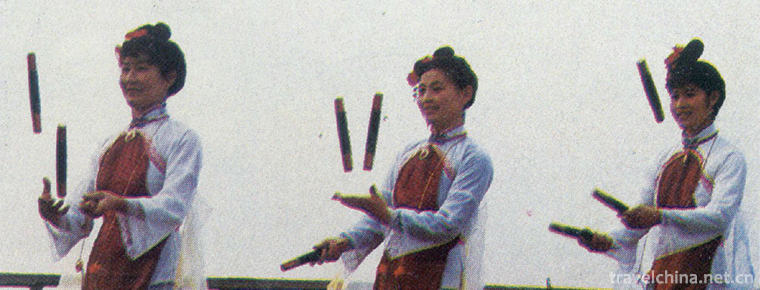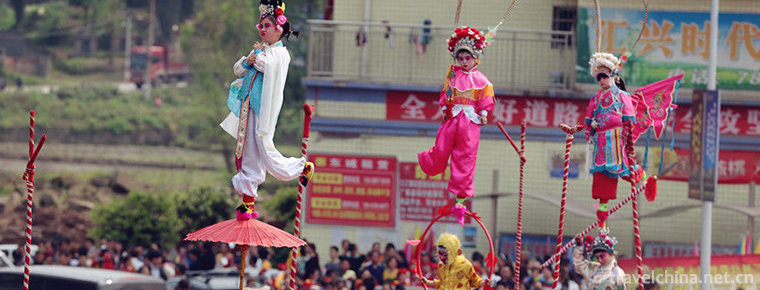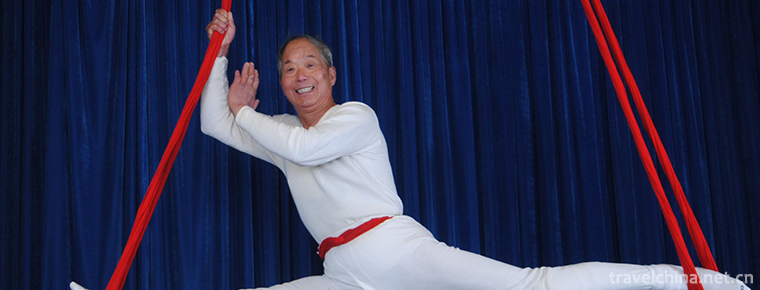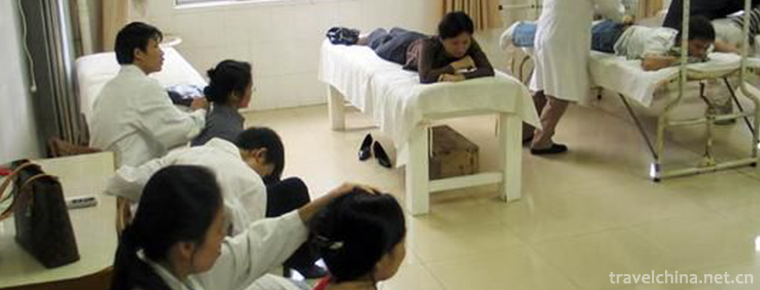Two instruments boxing
Two instruments boxing
Liangyi Quan originated from Zhouyi, which said, "It's so easy to have Taiji. It's the birth of Liangyi". (Liangyi Quan) is also called Liangyi Point-through-Qishen Quan. Its name is formed according to the changes of natural situation and the universe. After chaos, heaven and earth are like eggs, grass and trees, fog is like yellow pole, yellow pole is born Taiji, Taiji is born two instruments, two instruments are born four images, four images are born five elements, five elements are born eight hexagrams, eight hexagrams determine heaven and earth; two instruments refer to the light floating up into heaven, the weight of yellow sinks into the earth, the universe changes heaven and earth cumulative points, with all living things. The earliest record of Liangyi can be traced back to the book of Zhouyi -- "Yi Taiji is the birth of Liangyi". Two instruments divide Yin and Yang, and everything in the world can not be separated from Yin and Yang. Two instruments are gathered together according to the essence of five kinds of boxing, namely Taiji, two instruments, four images, five forms and eight diagrams.
Nickname
In the early days of Mixed Yuan Dynasty, there was Qigong. After chaos, with the continuous improvement and development of Qigong and the integration of health preservation, a new branch of Qigong, Mixed Yuan Health preservation, was gradually separated from Qigong, and was inherited and vigorously developed. After thousands of years of cultural precipitation, Liangyiquan and Mixed Yuan health preservation have been fully integrated, and through the continuous improvement and renovation of past generations of masters, formed a unique two-instrument boxing method which integrates martial arts skills, points, acupoints, Qigong health preservation, diagnosis and treatment of traditional Chinese medicine.
Development History
Liangyi Boxing belongs to Neijia Boxing, which requires noble martial arts. The masters and apprentices of past dynasties are very careful and never pass it on unexpectedly. Therefore, it is seldom spread in the world, and the masters of this boxing are even fewer, which is limited to the palace and the great masters. This boxing flourished in the Song Dynasty and has a history of more than 1000 years. It is a martial art possessed by close guards of the imperial clan of the Manchu and Qing Dynasty. It was used to protect the most important figure of the dynasty, the emperor. The Qing government ruled China for more than 260 years and experienced ten emperors. One of the top military figures in the Qing Dynasty was Gushi people in Henan Province (born and died about 1795-1878). He gave up the chance to be an official because he envied the superb martial arts of the masters in Danei. He became a guard in Danei. Later, he saw the increasing corruption of the Qing Dynasty. He was frustrated and did not pass on the merits of two Yi punches and points to his hometown. Then, he happened to meet Wei Hongshen, who sold Wu for a living. From 1838 to 1925, Wei Hongshen returned to his home with the first prize in Wu and became a closed disciple. From then on, the two Yigong Fu began to drift away from the people and spread the secret fireworks. After five years of hard training, Wei Hongshen eventually learned Liangyi Quan and was appointed the 11th generation leader of Liangyi Quan. Because Wu Zhuangyuan refused to mention the past and did not reveal the names of successive generations, Wei Hongshen paid a farewell to Wu Zhuangyuan and returned to his hometown, Weishi County. In the spring of next year, Wei Hongshen visited Liu Qiao Village, Shenqiu County, and Duan Shengtang Tang (born in 1873-1957, Daxing Zhuangren, Shenqiu County) Through relatives, Wei Hongshen paid tribute to Duan Shengtang and established him as the 12th generation leader of Liangyi Quan. Later, Duan Shengtang passed on his kung fu to his nephew Duan Qingong (born in 1902-1984, Daxing Zhuang people in Shenqiu County), and established Duan Qingong as the 13th generation leader of Liangyi Quan. Duan Qingong settled in Shenduanzhuang, Daxing Zhuang Township, Shenqiu County in his later years. He practiced diligently. He combined Liangyi Quan with "Venation Studies", "Nagua Jing", "Internal Gong Jing", "Wuqin Opera". By taking advantage of the skills of different schools, he summed up a set of systematic internal skills and perfected the ingenious techniques of point-pointing, especially in Yinyang hands of Liangyi Quan: advancing high, hitting low, light, spiritual and stable. Firm, light as feathers, heavy as mountains; with wisdom to win barbarism, rigidity and softness, take advantage of the momentum like flying, forming unique.
After the founding of the People's Republic of China, no one practiced Liangyi Quan again. Duan Qingong had two sons and six daughters. At that time, because of difficulties in life, the two sons died. Five daughters were married. Only the youngest daughter stayed by her side. In order to inherit Liangyi Quan, Zhang Zhenling was invited to teach Liangyi Quan for his son-in-law. In 1972, he established his son-in-law as the head, and invited Pu Jizhong and Duan Yuming to preside over the reception ceremony.
In 1982, Liangyi Quan won the martial arts prize in Shenqiu Wushu Competition. In 1983, Master Zhang Zhenling compiled the book Liangyi Dianxue, which was collected by the Chinese Treasury. In December 1985, Zhang Zhenzong was transferred to Zhengzhou City to perform superb kungfu, one of which was highly praised for its excellent martial arts. On December 14, 2001, Liangyi Kungfu was awarded the title of "One Wonderful China" at the National Cultural Industry Achievement Exchange Meeting of China International Science, Technology and Cultural Achievements Exposition. On January 3, 2004, at the premiere of "Wulin Feng" in Henan Province, Liangyiquan disciples made a sensation by performing spot punctuation. In 2004, Master Zhang Zhenling personally performed a wonderful stunt in the column of "Yiyuan Chun" of Ruzhou TV Station in Henan Province. In 2004, Zhang Zhenling trained a group of trainees in Pingdingshan and personally led a team to perform the "Liangyi Bagua Array" on Henan Satellite TV "Wulin Wind" on September 30 of the same year. This was the first time that the "Liangyi Bagua Array" met with the broad audience and was highly praised. On October 17, 2006, Henan Cultural Times conducted an exclusive interview with Master Zhang Zhenling. The journalists also experienced the taste of the acupoints themselves. "Zhang Zhenling said Liangyi" was published in the first issue of the first bimonthly issue of the 2008 Chinese Traditional Wushu Medical Journal, and there are detailed records of Liangyi fist points in Shenqiu County's Chronicle of Lao County. By 2013, Zhang Zhenling and his disciples were invited to perform two-yi Kungfu in Hunan Satellite TV's "Every Day Up" and "Who and the Struggle" columns, and received warm responses. In 2014, Liangyiquan was approved as a national intangible cultural heritage. At the end of 2014, Zhang Zhendao received an invitation from the central "Searching for Real Kungfu" column, and the development of Liangyiquan went further.
Characteristic
In Chinese Wushu, the most practical inner martial arts always maintain the simple and practical characteristics of classical Wushu, without making mystery. The greatest characteristics of Liangyi's and other schools'points are as follows:
First, science is simple and succinct - law is simple and meritorious. Liangyi Quan is a kind of Kungfu which combines fighting point, strengthening body, keeping healthy and keeping fit. Its point-pointing Kungfu is "internal strength". It has the theory of "soft and strong, just passing point", "nine soft and one rigid", and "one hundred stores one free". Its training method will not cause harm to the limbs. Those who practice the point-pointing Kungfu of Liangyi Quan are as soft as ordinary people, and have no phenomenon of stiff joints, rough and stiff cocoon, etc. They have been mastered by the Ming Dynasty. To point out, perseverance is usually achieved within three years. No matter men or women, old or young, no matter whether there is Wushu foundation or not, they can practice.
2. Be free to do what you want - not limited by time. Liangyi fist point is the energy generated by the accumulation of Yin and Yang, which can be released instantly in an inch. Suddenly and fiercely, like a nuclear explosion, it has strong immersion force. It does not need to point points on time. It can perform the operation in any state, and it can achieve effective results. It immediately makes the other party "freeze" and the experienced person can penetrate many holes with one's strength.
Third, benevolence and conscience - making people without hurting them. Liangyi Boxing promotes the martial art of Zen medicine and collects the true meanings of Confucianism, Buddhism and Taoism. Liangyi Boxers cherish the compassion of Buddhism, the kindness of Confucianism, and the virtue of Taoism. Liangyi Boxers pursue a move to control the enemy, to be reasonable, to spare people, not to fight, but to beat each other to collapse in situ and lose the ability to respond to battle, rather than injuring, maiming and killing each other, after being hit by Liangyi Boxers, and When relieving acupoints (without drugs), one hand can immediately return to normal; make people without hurting them. And any drug treatment is ineffective, it can be called a martial art.
Fourth, harmony and friendship - turning dry war into jade silk. Liangyi fist points, such as lightning, fist like fire, strong wind, fist sound, after the strike, the opponent is often unexplained when the fist point "frozen", coupled with the solution of the point intact, neither skin and flesh injury outside, nor internal organs of discomfort, let alone the two Yiquan door people should be reasonable Rao, low posture and gasification to resolve contradictions, let alone the other side by the point.“ When you feel frightened and dying, you don't usually get feuded by your actions. On the contrary, if you don't know each other, there are many people who have become friends.
Fifth, bodybuilding and physique - showing the beauty of masculinity. Those who insist on practicing Liangyi Quan are regular. Their bodies are inverted triangle, with broad shoulders, chest, thick waist and solid waist. Their muscles are well developed, and their muscles are closely connected in strip-like streamline.
Sixth, cultivate sentiment - immerse the virtue of good life. Liangyi Quan is a kind of inner-family boxing, and its merits and principles are self-contained. It attaches great importance to the practice of practicing the skills of promoting good and punishing evil, protecting the family and defending the country, which is external and physical training, and emphasizes the cultivation of mind, mind and spirit at a high level.
primary coverage
Liangyi Quan is a complete set of skills. According to the routines, it can be divided into: one way, two instruments, two instruments (36 forms of Liangyi Quan), six innate Eight Diagrams, two acquired Eight Diagrams, twenty-four players, seventy-two broken hands, twelve strong points to hit thirty-six points, one strong point, three points, point, point, point to solve points. According to the method of twelve strengths: fishing strength, agility, inch strength, nail strength, internal hook strength, external back strength, cutting back strength, usurping strength, trembling strength, root strength. Two instrumentation points: two instrumentation stick skill (starting stick, should stick, six-way stick, eighteen stick). Two-instrument knife technique (big knife, four-way big knife, six-way small knife, big knife into gun, small knife into gun). Six routes of sickle. Two dark instruments (meteor, spur). Liangyi 36-Style boxing is a traditional elementary routine, which has unique trembling and vigorous body method and vigorous body method. The style of this boxing is different from that of the general boxing routine. It has not only the characteristics of rigidity and calmness in form and meaning, six-in-one inside and outside, quick attack and forthright attack, but also the rich skills of winning in softness. Seeing the recruiting force, softness and rigidity in connotation, one movement and one rest, it can produce a very penetrating explosive force in a moment. When dealing with each other, they tremble vigorously, punch very fast, the other side is difficult to avoid, the body method is more flexible, simple and unadorned, strong practical skills, is the classic entry routine of Liangyimen. Two instrument boxing, also known as "Shen Quan" and "excessive boxing", the two instrument boxing sets the essence of the earth and the sun and the moon, will be Yin Yang and two Qi in one body. It contains the metaphysics of the Taiji and the false and real. It is a machine of two diagrams and eight diagrams. Liangyi acupoints are magical, gathering Yin and Yang and Qi, gathering infinite energy, hitting any acupoint of the opponent with different strength, blocking different meridians and presenting different symptoms with no medicine and no solution. Point-clickers can quickly recover from acupoint-clicking. It can be called a martial art because it has the power to control people without hurting them, and the ability to recover from them.

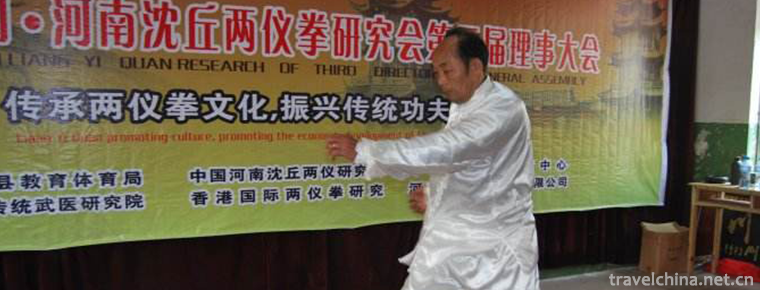
-
Noodles with Soy Bean PasteBeijing Style
Old Beijing fried noodles, a traditional Chinese pasta, made from dishes, fried sauce mixed noodles, popular in Beijing, Hebei, Tianjin and other places..
Views: 230 Time 2018-10-27 -
Zhou Enlais Hometown Scenic Spot
Zhou Enlai's hometown scenic spot is located in Huai'an City, Jiangsu Province, a famous historical and cultural city in China. It is a national 5A-level tourist attraction..
Views: 191 Time 2018-12-06 -
Tourist Hall of Shanghai Global Financial Center
Shanghai Global Financial Center is located at 100 Century Avenue, Pudong New Area, Shanghai. It is a skyscraper located in Lujiazui Financial and Trade Zone. It faces the hinterland of Pudong New Are.
Views: 86 Time 2018-12-19 -
Shui Dong gou
The Shuidonggou scenic spot in Ningxia is the earliest Paleolithic cultural site excavated in China. It is known as the birthplace of Chinese Prehistoric Archaeology.
Views: 144 Time 2019-02-08 -
High cavity
Gaoqiang is one of the four major tunes in Chinese opera. Gaoqiang was originally called "Yiyang Cavity" or "Yiqiang Cavity", because it originated in Yiyang, Jiangxi Province..
Views: 119 Time 2019-04-30 -
GUI Opera
Gui Opera (commonly known as Gui Opera or Gui Ban Opera), Guangxi local traditional drama, one of the national intangible cultural heritage..
Views: 163 Time 2019-05-02 -
Three stick drum
Sanwanggu is a kind of folk singing form widely spread in Youyang of Chongqing, Yongshun County of Longshan County in Western Hunan, Zhangjiajie and Wuyang, Tianmen and Enshi Prefecture in southwester.
Views: 299 Time 2019-06-12 -
Sanhui Pavilion Club
Sanhui Caiting Pavilion is a local traditional folk cultural activity that performs in streets or squares on March 16-18 of the lunar calendar every year. Its artistic form of performance is ingenious.
Views: 113 Time 2019-06-12 -
Adjustment and suspension
Lifting is a unique folk sports event in Shaoxing City, Zhejiang Province. Appeared in the middle and late Qing Dynasty, the tuning and hanging actors were named "tuning and hanging" because.
Views: 90 Time 2019-06-21 -
Bone setting therapy of traditional Chinese medicine
Bone-setting, traditional Chinese medicine refers to the treatment of fracture, dislocation and other diseases by pushing, pulling, pressing and pressing. Orthopaedics, as a specialty name, is a speci.
Views: 293 Time 2019-08-10 -
The origin of Panzhihua
Panzhihua is located on the Bank of Jinsha River. It was originally named shangxiaba village. It was formed around the 8th year of Tongzhi reign of Qing Dynasty (1869). Because there is an old and tall Panzhihua tree at the entrance of the village, it is called "Panzhihua village"..
Views: 139 Time 2020-12-14 -
Ecological environment of Luzhou
On July 5, 2019, the Ministry of ecology and environment of the people's Republic of China announced the special investigation of black and odorous water bodies in the first stage of overall planning and strengthening supervision in 2019. Luzhou was listed in the "list of cities whose.
Views: 348 Time 2020-12-14
